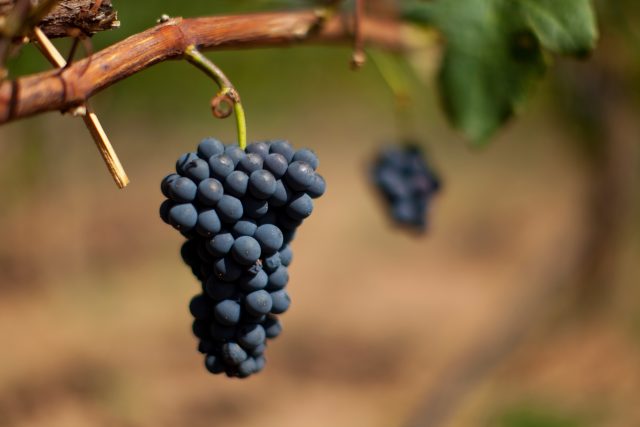Stone Age humans planted vineyards 11,000 years ago
Groundbreaking genetic research has revealed that humans first began to cultivate grapes 11,000 years ago, a far earlier point than previously thought.

Research, presented at last week’s American Association for the Advancement of Science conference in Washington DC and published in Science, showed that there were indications that the domestication of grapevines began some 11,000 years ago in the early Neolithic, not 8,500 as was previously believed.
The paper, co-authored by a large, international cohort of academics, suggests that this process took place concurrently in Western Asia and the Caucasus. Precisely how the idea of viticulture spread at this time is unclear.
By analysing the DNA sequences of 3,525 cultivated and wild samples of Vitis vinifera (and the sylvestris subspecies), they were able to determine when and where a split, indicative of our ancient ancestors selecting vines for the qualities of their fruit ( palatability, colour and hermaphroditism being some key considerations), occurred.
But, the question remains as to whether these grapes were for eating, or fermenting into alcohol. Yunnan Agricultural University’s Wei Chen, one of the authors, suspected that at this point in human history, it was still only the former: “Whether ancient humans had the knowhow to do it [make wine] right at the beginning is still debatable…My personal opinion is that ancient humans in the Caucasus initially domesticated grapes for consumption.”
However, Chen explained that it was still a milestone development: “The grapevine was probably the first fruit crop domesticated by humans.”
Partner Content
The study argued that whereas those vines domesticated in Western Asia gave rise to the table grapes we eat today, those in the Caucasus would eventually come to be used for winemaking.
The cultivation of grapevines occurred around the same time as the cultivation of wheat, and both developments would eventually come to create a new booze revolution for humanity, providing the means for the production of wine and beer.
Peter Nick, a plant biologist at Germany’s Karlsruhe Institute of Technology who was one of the authors of the study, suggested to the Washington Post that the eventual invention of wine would have far greater ramifications than we may realise: “It was one of the first globally traded goods. It’s justified to say that the domestication of grapevines was really one of the driving forces of civilisation.”
Related reading:
Israeli researchers find presence of vanilla in Old Testament-era wine
Archaeologists discover 5,000-year-old pub in Iraq
Related news
Castel Group leadership coup escalates
For the twelfth day of Christmas...
Zuccardi Valle de Uco: textured, unique and revolutionary wines




